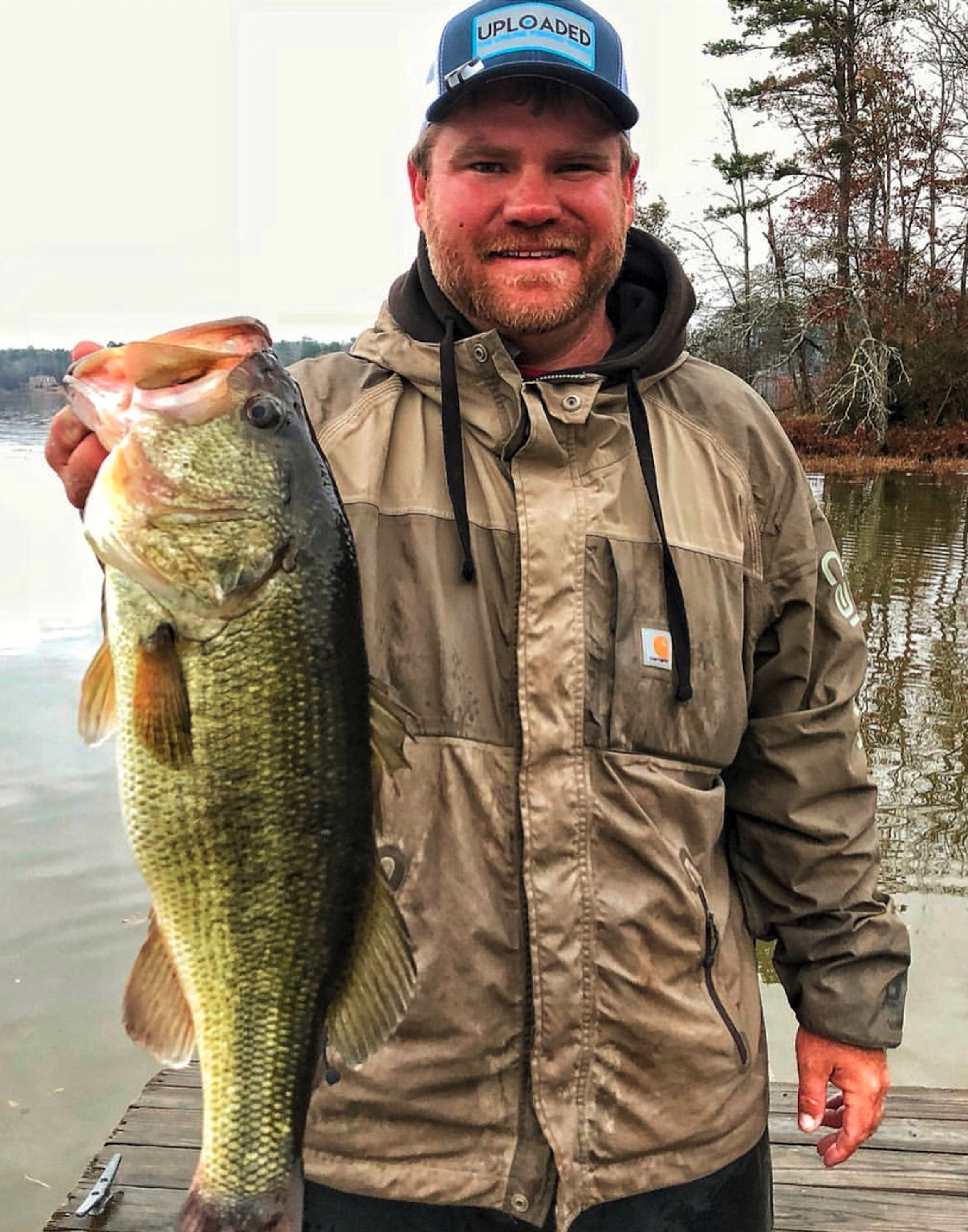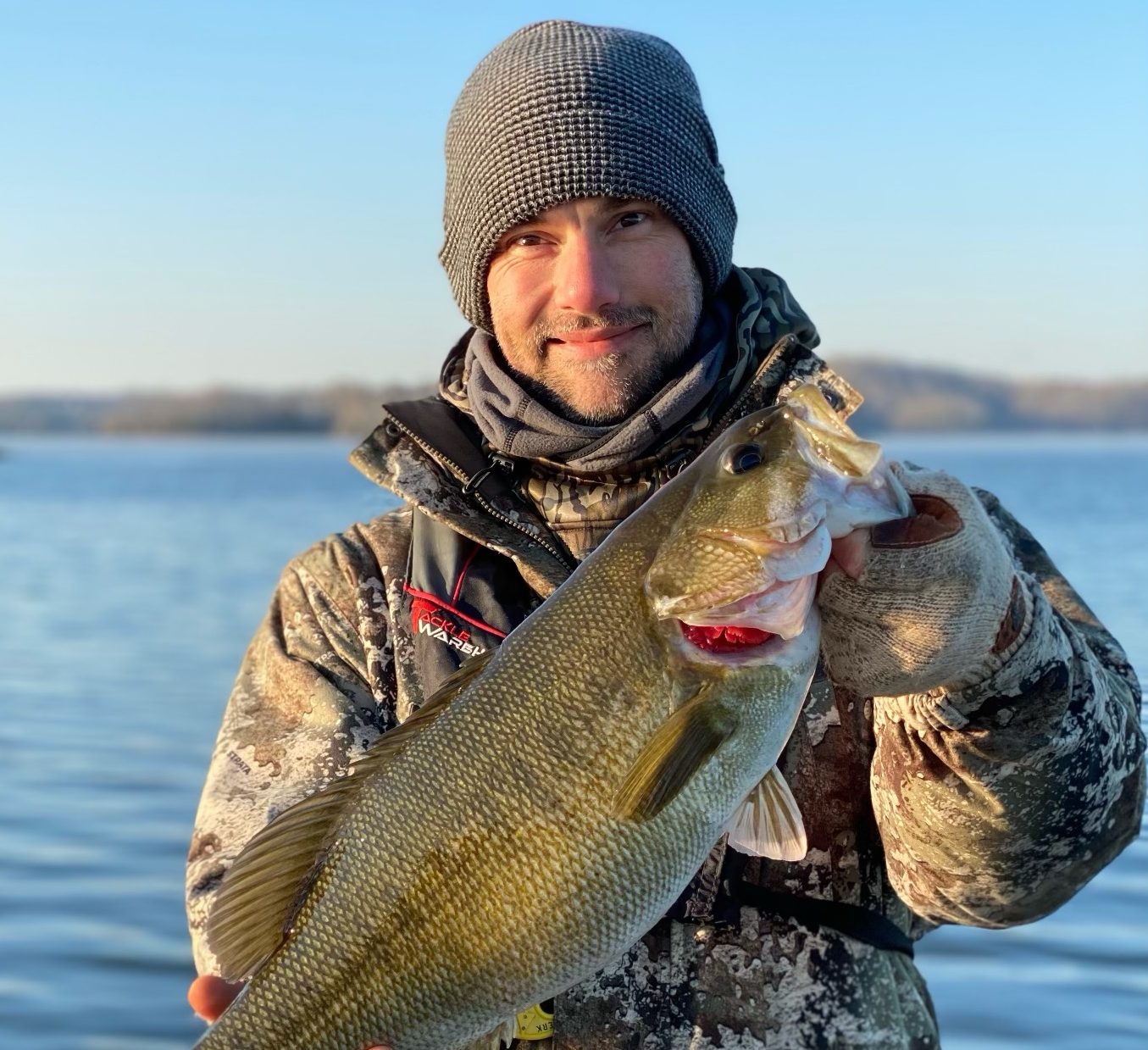
If you’re not fairly immersed into the bass fishing scene, you’ve likely never heard the term “meanmouth”. And even if you are as big into bass fishing as one could be, it’s still easy to have missed the boat on this terminology used to describe a hybrid mix between a spotted bass and a smallmouth.
Meanmouth are simply that though, the resultant offspring of an unnatural union between a Tennessee Smallmouth Bass and an Alabama Spotted Bass (commonly referred to for years as Coosa spots).
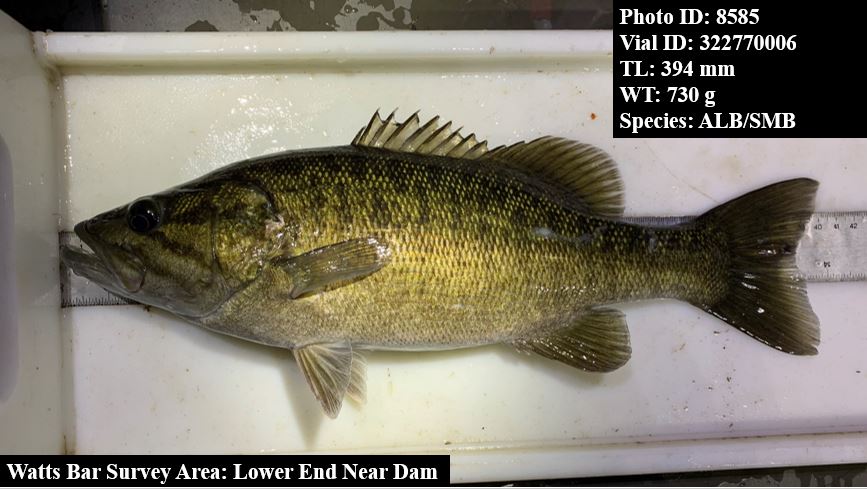
With this crossbreeding occurring in nature, it seems like the term unnatural might be a bit of a stretch. But the unnatural part refers more to how the possibility of these two species mating came about in the first place- the unauthorized introduction of the Alabama Spotted Bass into smallmouth fisheries.
Though the adventurous culprits of this malfeasance were likely motivated by the somewhat pure hope of having yet another aggressive and big bass to pursue in these waters, the introduction of the Alabama Spots and the resulting “mutt” hybrid offspring makes for trouble in these historic smallmouth fisheries.
B.A.S.S. Conservation Director Gene Gilliland commented on the ramifications.
“This Alabama Bass invasion and hybridization is resulting in the decline of Smallmouth Bass fisheries in almost every reservoir where they have been introduced into in Tennessee, North Carolina, Georgia and Virginia,” said Gilliland.
Both Smallmouth Bass and Alabama Spotted Bass are ferocious fish with big appetites. But it seems as those the cross between these two is an even more aggressive fish, that’s likely to consume more than its fair share of the forage. Which will, in time, hurt the population of native bass.
“Biologists with TWRA (Tennessee Wildlife Resources Agency) are very worried that if the trend continues, many of the prized smallmouth fisheries in Tennessee will be reduced if not eliminated,” Gilliland stated. “Even the largemouth populations will likely suffer.”
The concern is that famed southern fisheries like Ft. Loudoun, Watts Bar, Tims Ford, Chickamauga and Cherokee will see a decrease in the smallmouth populations that make them so special.
“Even lakes on the Cumberland drainage like Dale Hollow, home of the world record Smallmouth Bass, are now at risk of losing their Smallmouth fisheries,” added Gilliland.
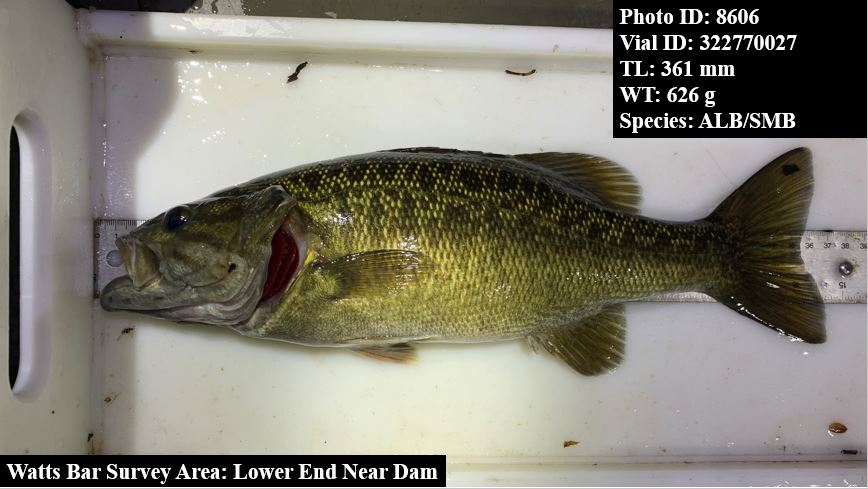
Classic consideration
The presence of meanmouth in these fisheries puts a new burden on tournament organizations, with no bigger impact imaginable than what we could see this week in the 2023 Academy Sports + Outdoors Bassmaster Classic presented by Toyota.
There are specific regulations that must be satisfied to possess a bass of a certain species, and they’re rarely the same across all bass species in a fishery. For instance, a smallmouth caught in Fort Loudon must be at least 18- inches long to keep and bring to weigh-in. A largemouth need only be 14- inches long. And there is no minimum length required for spotted bass to be kept, though B.A.S.S. will require a minimum of 12- inches on spots for the Classic.
But taking into consideration that a meanmouth is a cross between a spotted bass and a smallmouth, how long does this hybrid bass need to be if an angler wants to bring it on stage at the Classic? The TWRA has taken this stance.
There is no “official” regulation on bass hybrids, but we advise anglers if there is a question about a fish that looks like a hybrid bass, then abide by the most restrictive regulation. If an angler catches and wants to keep for weigh-in a hybrid bass that looks like a smallmouth bass x spotted bass cross or a smallmouth bass x largemouth bass cross, then those fish would need to be 18 inches.
Since these bass have several of the characteristics of multiple species present, there’s no clear and concise way to lump them in with either. This means the anglers must air to the side of caution when trying to determine the length these bass mixtures must be. The TWRA offered additional clarification on the matter.
The presence of a tooth patch is not recommended to delineate among black bass species. Brown fish with vertical bars should be considered smallmouth regardless of the presence of tooth patch and must be at least 18 inches in length to retain.
The tooth patch referenced here is a rough spot that is found on the tongue of spotted bass, and it has long been used as one of the ways to differentiate spotted bass from largemouth bass, in the event the identity of the species of the particular catch was in question.
But some of these meanmouth have the tooth patch on their tongues as well, so this is no longer a sufficient metric for categorizing a bass as a spotted bass.
Though meanmouth have muddied the waters a bit here in Tennessee, it’s not likely this bass hybrid will cause a big stir in the 53rd Bassmaster Classic this week. But the presence of this new species of bass could wreak havoc on some of the South’s favorite fisheries overtime.
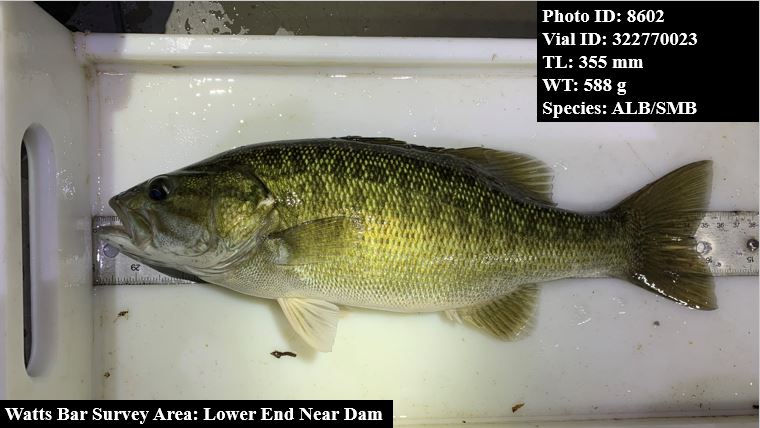
The takeaway
The TWRA and other organizations want to raise awareness to the long-term consequences of the introduction of non-native fish species into any fishery. Ultimately, the unauthorized movement of fish from one public waterway to another is something the governing bodies of these fisheries would prefer to eliminate altogether.
However, with limited resources and hundreds of thousands of acres to police, stopping this practice requires voluntary submission to these regulations by anglers. And even this won’t rectify the effects of the infractions that have already taken place.
As a remedy, conservationists are recommending selective harvesting in this particulate situation in order to help stem or perhaps even reverse the ill effects of the introduction of Alabama Spotted Bass into these fisheries.
Length and creel limits on spotted bass have been reduced and even eliminated all together on certain waterways in an effort to encourage anglers to remove these non-native fish to allow the more desirable species to flourish. This is the most effective way for the public to assist in the rebalancing and preservation of these historic and prized fisheries.

